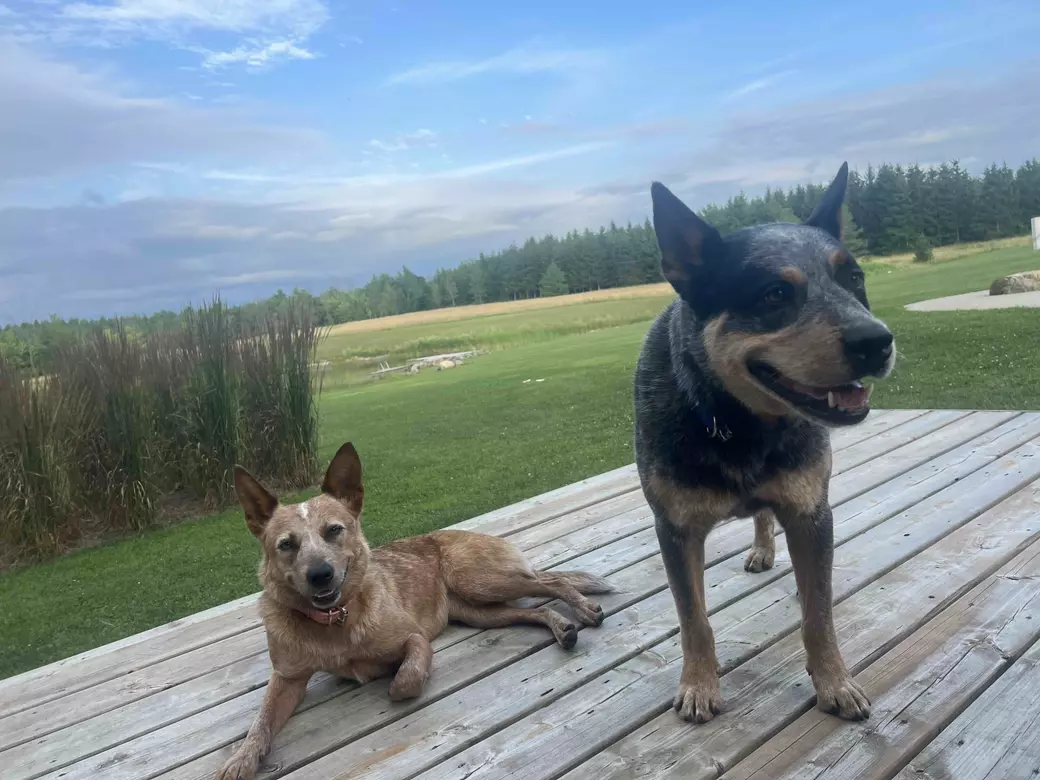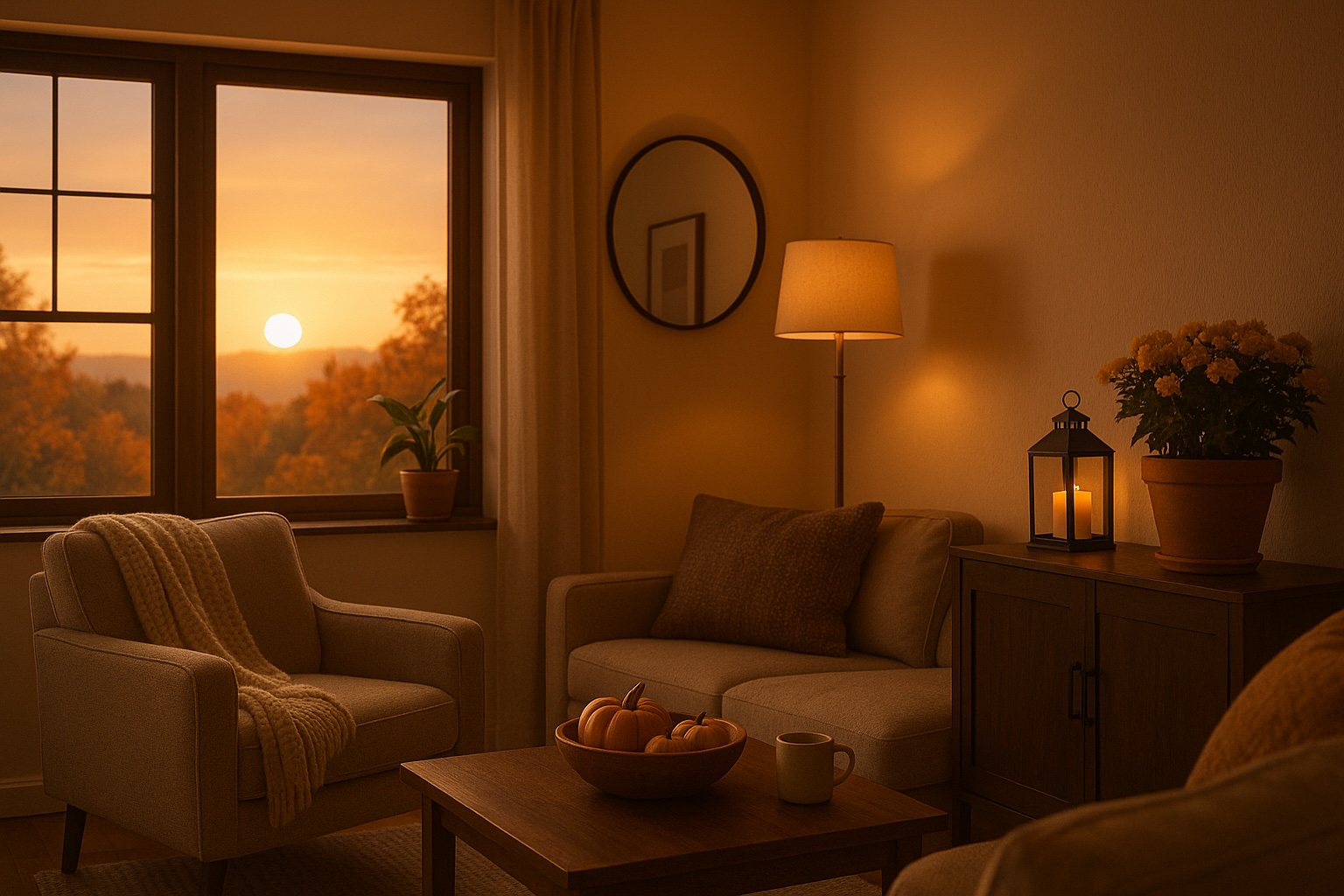Not all homes are equally suited for our furry friends, and finding the right environment for them is crucial. With nearly 80% of Canadian households owning a pet—most often a cat or a dog—it’s clear that pets are a beloved part of many families. Every pet owner has their own unique ideas about what’s best for their four-legged companions, and it’s not for us to judge how anyone chooses to let their pets engage with the world around them. However, there are several important factors to keep in mind when purchasing a home to ensure it meets the needs of both you and your pets. Creating a safe, comfortable, and enriching environment for your pets can make a big difference in their happiness and well-being, so it’s worth considering what features will best support your furry family members.
1. Outdoor Space and Yard
- Fenced Yard: A securely fenced yard is ideal for dogs and cats, providing them with a safe space to roam and play.
- Size of the Yard: Consider the size of the yard based on the size and energy level of your pet. Larger or more active pets may require more space.
- Landscaping and Plants: Check for toxic plants and pet-safe landscaping. Some plants and mulches can be harmful to pets if ingested.
- Pet-Friendly Surfaces: Grass, dirt, or pet-safe artificial turf is better for pets’ paws than hard surfaces like gravel or concrete.
2. Indoor Space and Layout
- Flooring: Pet-friendly flooring like tile, laminate, or vinyl is more resistant to scratches and easier to clean than carpets.
- Staircases and Accessibility: For elderly or small pets, consider homes with fewer stairs or homes that have ramps.
- Designated Pet Areas: Look for spaces where you can easily set up pet beds, litter boxes, or feeding stations.
3. Pet Safety Features
- Secure Windows and Screens: Make sure windows have secure screens to prevent pets from falling or escaping.
- Pet-Proof Cabinets and Trash Bins: Ensure there are places where you can store pet food and cleaning supplies safely.
- Pest Control: Check for safe pest control measures that won’t harm pets.
4. Neighborhood and Local Environment
- Proximity to Parks and Trails: Check for nearby dog parks, trails, or open spaces where you can walk your pet.
- Pet Regulations: Be aware of any local regulations or homeowner association rules regarding pets, such as breed restrictions, noise ordinances, or leash laws.
- Safety from Traffic: Consider the property’s proximity to busy roads and the safety of walking routes for your pet.
5. Homeowner’s Association (HOA) Rules
- Pet Restrictions: If the property is part of an HOA, verify any restrictions on the number, size, or breed of pets allowed.
- Pet Facilities: Some HOAs offer amenities like dog parks, pet waste stations, or pet washing areas.
6. Potential for Pet Damage
- Durability of Fixtures and Materials: Look for durable countertops, wall coverings, and doors that can withstand pets’ wear and tear.
- Ease of Cleaning: Homes with open floor plans and easily accessible areas are easier to clean if you have pets.
7. Pet-Friendly Features
- Built-in Pet Doors: These provide easy outdoor access for pets.
- Pet Bathing Stations: Some homes have dedicated pet washing areas, which are convenient for bathing pets.
8. Nearby Veterinary Care and Pet Services
- Proximity to Veterinary Clinics: Ensure there are veterinary clinics, animal hospitals, or emergency vet services nearby.
- Availability of Pet Services: Look for nearby groomers, pet supply stores, and pet sitters or boarding facilities.
I want to take a moment to highlight an important issue in our community: we continue to see a number of abandoned pets in the local area. We are strong supporters of the Georgian Triangle Humane Society (GTHS), and if you’re considering adopting a pet or find yourself in a situation where you need to rehome one, we encourage you to reach out to GTHS for assistance. They are dedicated to finding loving homes for all animals and supporting pet owners in need.






No responses yet